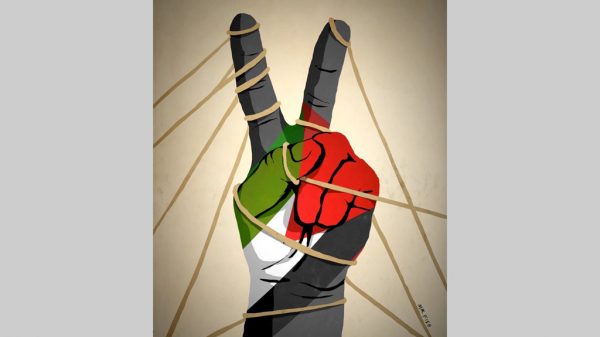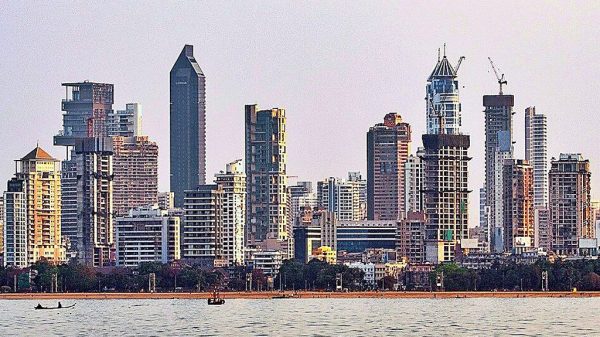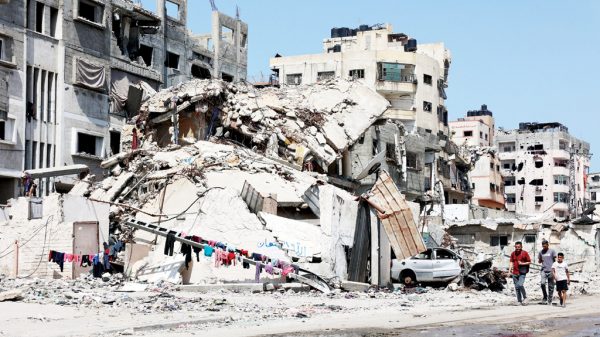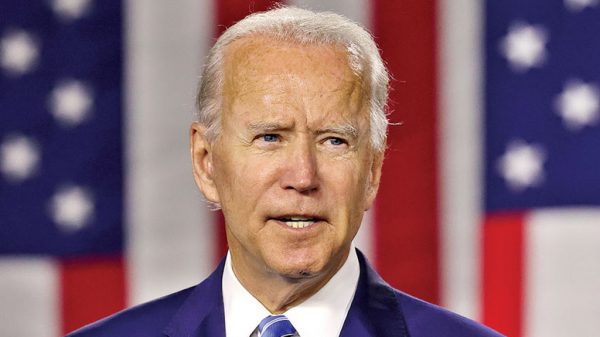A Wake-up Call for Gender Responsive Social Protection

“Social protection is a human right” and is enshrined as such in the Universal Declaration of Human Rights (1948) and in other major United Nations human rights instruments. The main logic behind this statement is that social protection is the fundamental tool for managing, preventing and overcoming situations that adversely affect people’s well-being.
Social protection does refer not only delivering social assistance and insurance to the poor and vulnerable, but also broadly used to link them to jobs, improve productivity, invest in the health and education of their children, and protect the aging population.
The World Bank Group supports “universal access to social protection”and is central to its goals of ending poverty and boosting shared prosperity. However, 55 percent of the global population did not have access to any form of social protection in 2017. This figure was worse in the Asia and Pacific region (61 percent) and Africa (82 percent) in 2017.
Social protection figures prominently in the UN Sustainable Development Goals (SDGs). SDGs Goal 1.3 calls for the implementation of “nationally appropriate social protection systems and measures for all, including floors, and by 2030 achieve substantial coverage of the poor and vulnerable.”
In an ear of the COVID-19 pandemic, strengthening social protection has highlighted as a matter of the utmost importance.Particularly, designing a gender-responsive social protection for reducing socio-economic impacts of COVID-19has received a renewed focus. Questions raised, like why does gender matter for social protection programming?
Before that question, it is crucial to understand why gender matters in combating COVID-19 and other challenges, like rural poverty– now and in the future? Preventing coronavirus depends on maintaining basic health, hygiene, and physical distancing measures. Implementation of these measures are largely dependent on women, but they face many obstacles men do not.
To combat the spread of COVID-19, governments promulgate “Stay Home, Stay Safe, Save Lives” executive order. “Stay-at-home” recommendations might create problems for women. That is, as male stay home, women suddenly lose the autonomy and role as the de facto household head.
Recent reports show the coronavirus lockdown is led to a “gender-based violence” as vulnerable people spend all day with the abusers. Stay-at-home orders also createchallenges around food insecurity, one of their key responsibilities directly affected byCOVID-19, Food and Agricultural Organisation (FAO) indicates. Food insecurity affected women more than men in the global financial crisis 2008.
Information and knowledge on preventing COVID-19 is “incomplete” so far. That is why WHO recommends everyone “stay informed” to obtain the most up-to-date information on COVID-19. In receiving information, women face obstacles such as lower literacy and numeracy rates and limited access to information and communication technologies (ICTs).
Mobile phones are seemingly ubiquitous, yet digital divides persist. The gender gap in mobile phone ownership in Bangladesh is 17 percentage points,whereas this gap is about 7 percentage points in developing economies. The gender gap tends to be particularly high in rural areas.
Rationales for gender-sensitive social protection to combat the COVID-19 pandemic are well-documented. First and foremost,women and men experience this pandemic differently, as a result of gender norms (i.e., gender-specific roles, constraints and capacities) and inequalities in distribution of resources and power. FAO demonstrates women bear the brunt of COVID-19 impact.
The Organisation for Economic Co-operation and Development (OECD) shows women are at the “core” of the fight against COVID-19 crisis, as they are leading the health response: women make up almost 70% of the health care workforce, exposing them to a greater risk of infection.
Gender discrimination and inequality plays a significant role in pushing women into poverty and food insecurity for a couple of reasons. These discrimination and inequalities (a) perpetuate women to have less access than men to services, productive resources, and employment opportunities, and (b) create a gap between women’s and men’s productivity and incomes.
Longstanding gender inequalities reduce rural women’s access to economic opportunities and social networks, and limit women’s participation in household decision making and beyond, including social protection schemes.
Moreover, womengenerally have less access to labour markets and education, enjoy less financial and social autonomy, and own fewer assets. Consequently, rural and urban women face greater challenges than men in building resilient livelihoods, managing shocks and overcoming poverty. Gender-responsive social protection programmes are essential to address gender discrimination and inequality.
Secondly, women face greater gender barriers to participate in and benefit equally from social protection programmes. In general, women have irregular and interrupted employment histories, and their work is concentrated in the informal sector, include wage labourers, self-employed persons, unpaid family labour, and other hired labour. This sector provides approximately 85 percent of the total employment. Informal workers are less likely to receive pension, social protection, and a notice of termination compared to formal workers.
Mothers with small children may exclude themselves from public works schemes if these schemes do not offer child-care facilities. Even if poor rural women participate in social protection programmes, they may not necessarily use and benefit equally from the social transfers.
Women and girls might restrict their control over benefits due to their weak bargaining power in the household, limited confidence and a lack of financial and functional literacy in using cash and wages. Gender-blind programme design and implementation might further aggravate the socio-cultural barriers that prevent women from participating in social protection programmes.
And third, neglecting gender issues can exacerbate poverty and vulnerability for rural women and their families and deepen gender inequalities and poverty, studies show.Regardless of the gendered impact of job and business loss, women are likely to be more vulnerable than men to any crisis-driven loss of income. In Bangladesh, women’s incomes are, on average, lower than men’s, and their poverty rates are higher.
Women also often hold less wealth than men, for a variety of reasons. And because of their greater caring responsibilities, it is often more difficult for women to find alternative employment and income streams following lay-off.
Social protection programmes must take care to overcome gender-specific dimensionsof rural poverty and vulnerability. This can be achieved by “prioritising gender” alongside disability, age and other marginalised group in needs assessments and decisions on targeting as well asundertaking gender-responsive monitoring and evaluation activities that can assess and identify potentially adverse gender-related changes arising from programme delivery.
Policies and public health efforts have not predominantly addressed the gendered impacts of disease outbreaks and poverty. Gendered challenges and risks during COVID-19 have spurred calls for a more focused look at gender disparities during such health crises.
To deliver the best possible response for children, women and other marginalised group, a gender-responsive social protection response is crucial. This is central to the principled, rights-based, inclusive approach to social protection prescribed by the United Nations International Children’s Emergency Fund (UNICEF).
The writer is an Associate Professor in the Department of Agricultural Extension and Information System, Sher-e-Bangla Agricultural University, Dhaka-1207.
E-mail: ranjansau@yahoo.com





























Leave a Reply